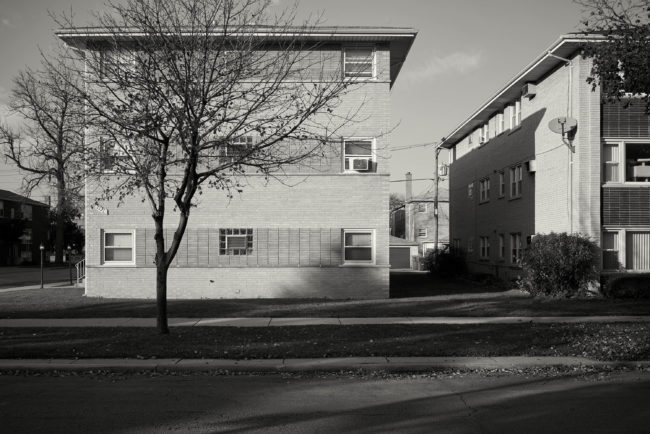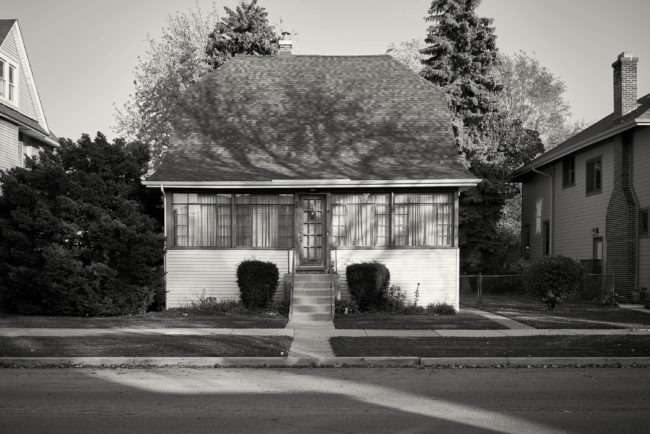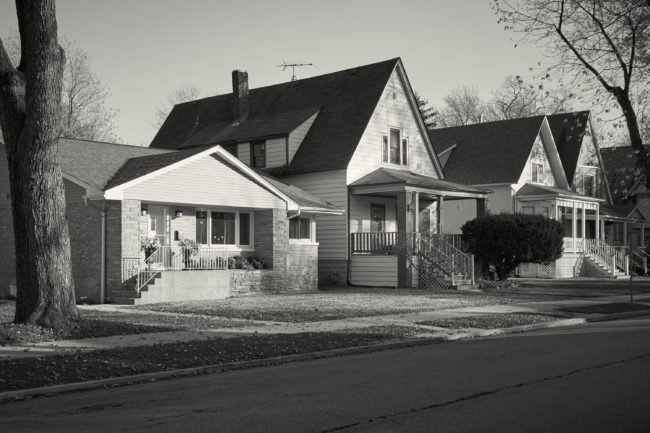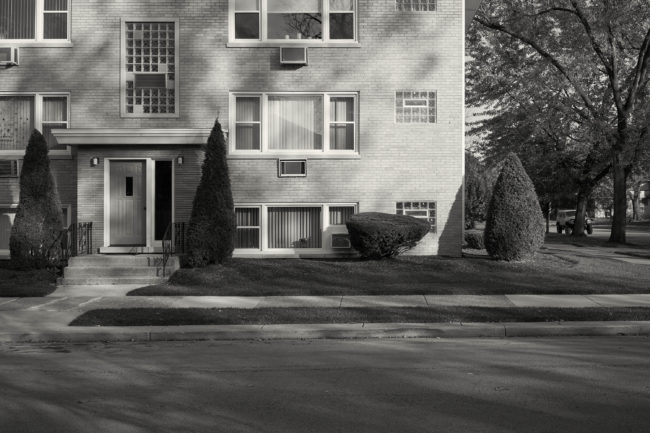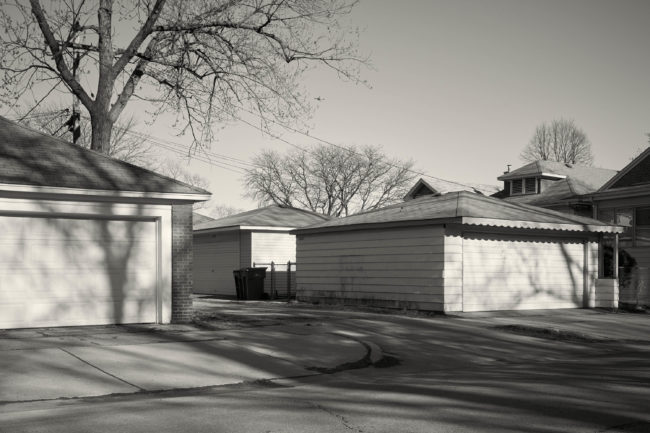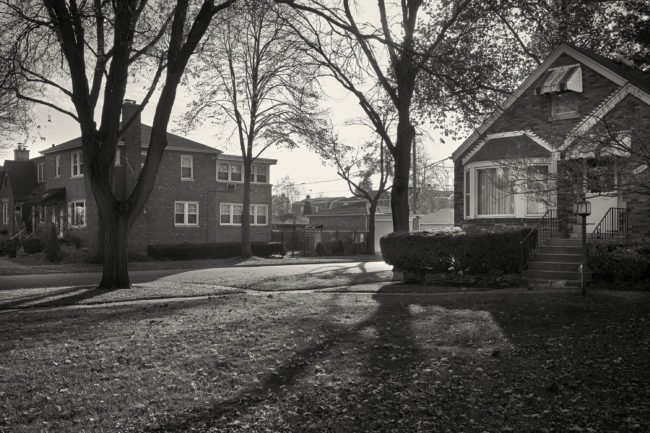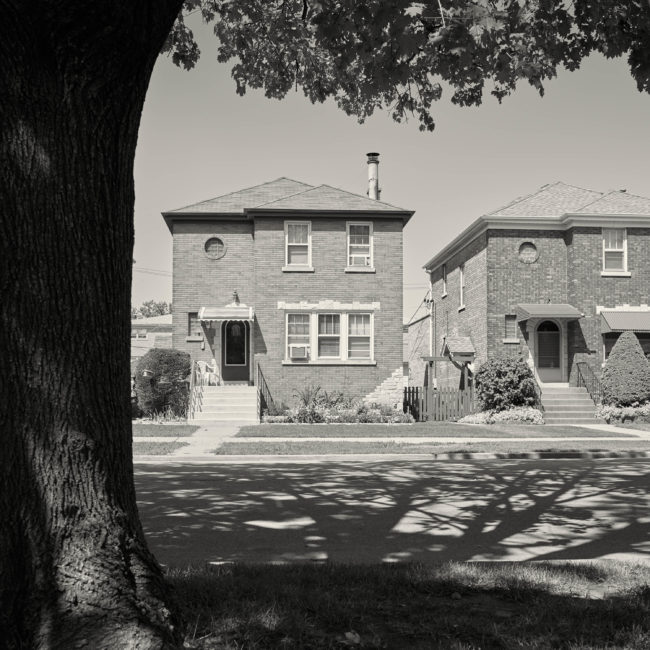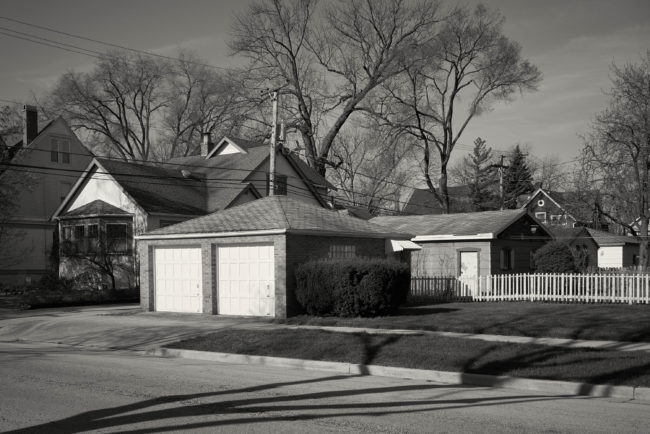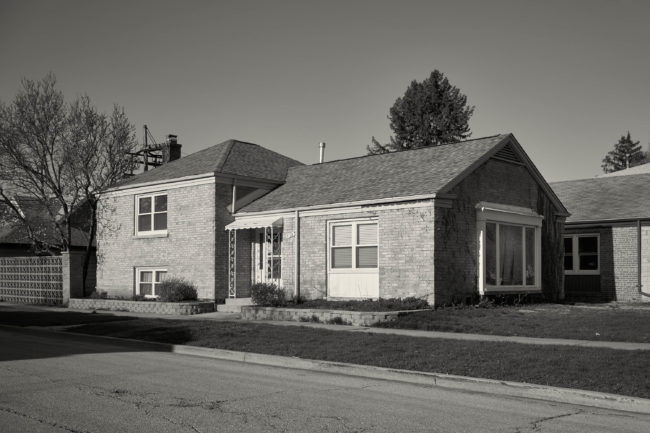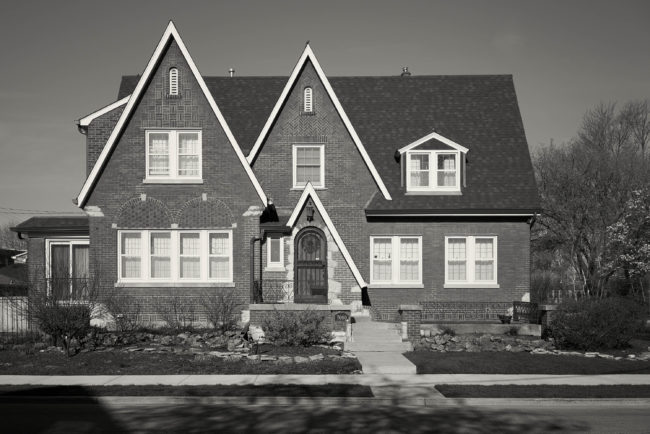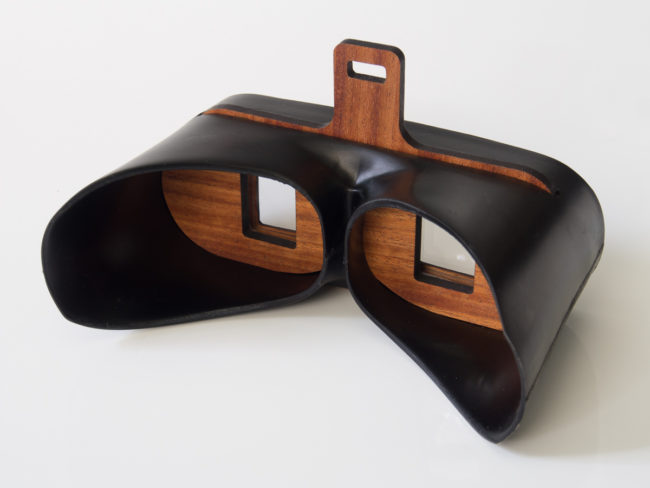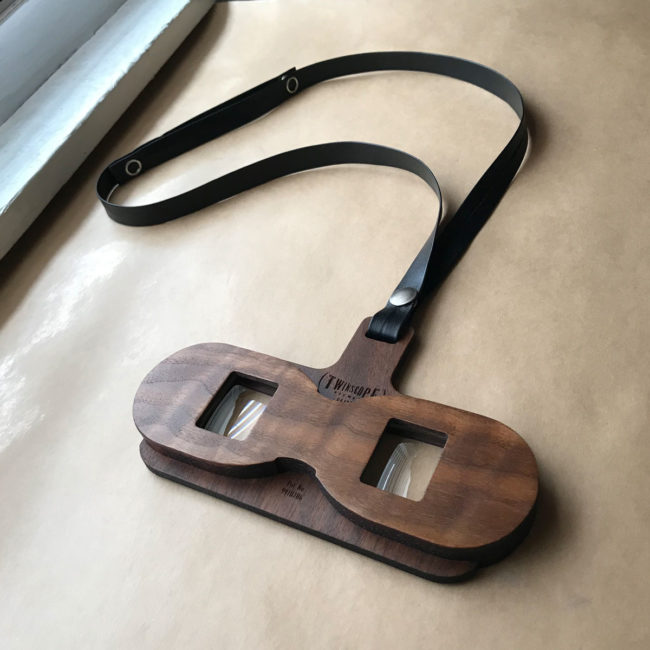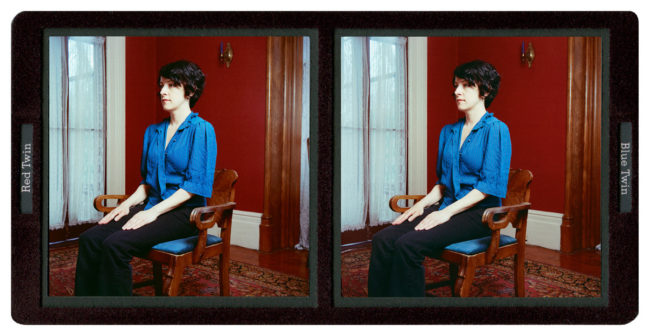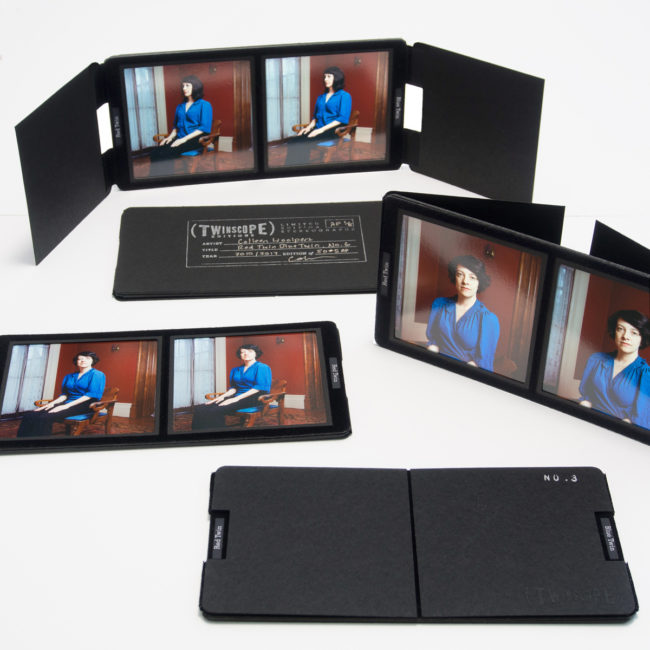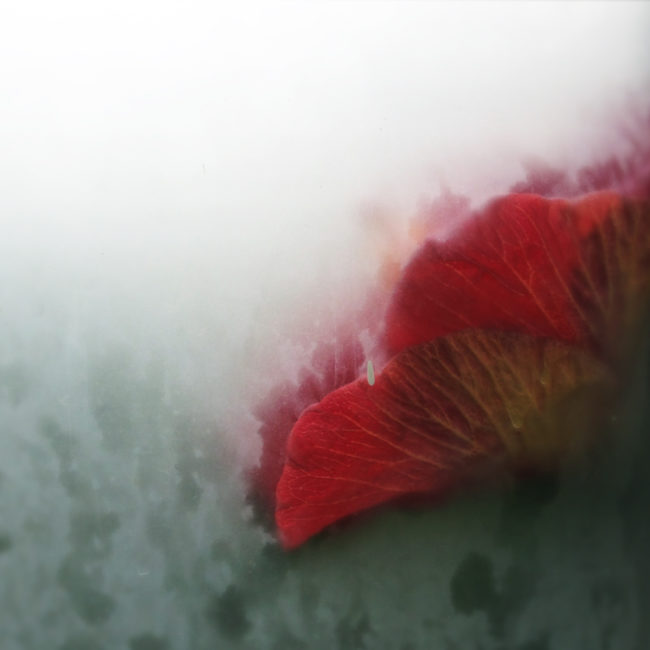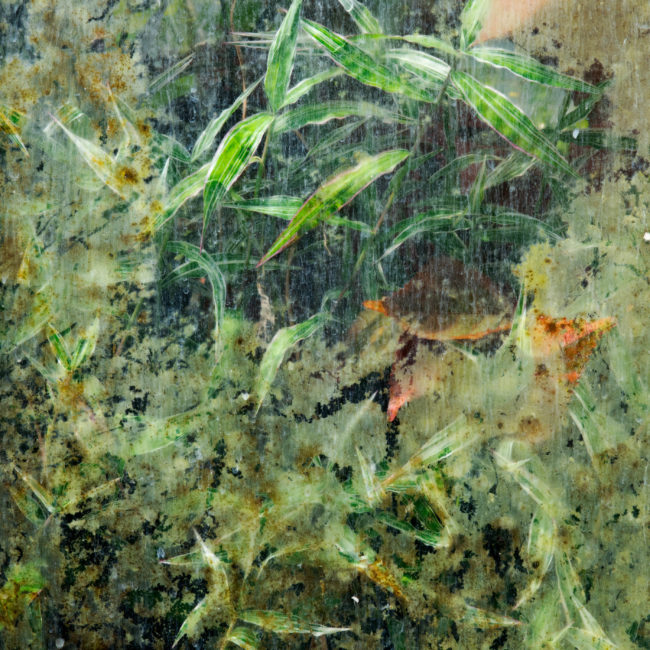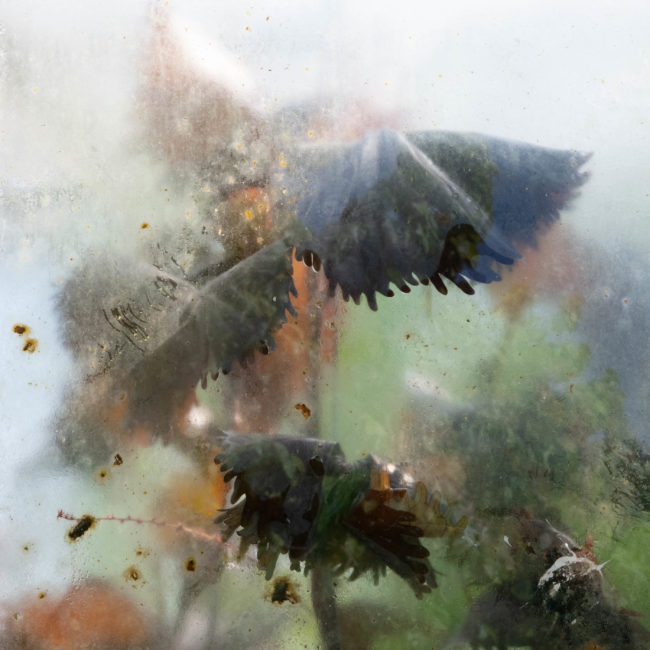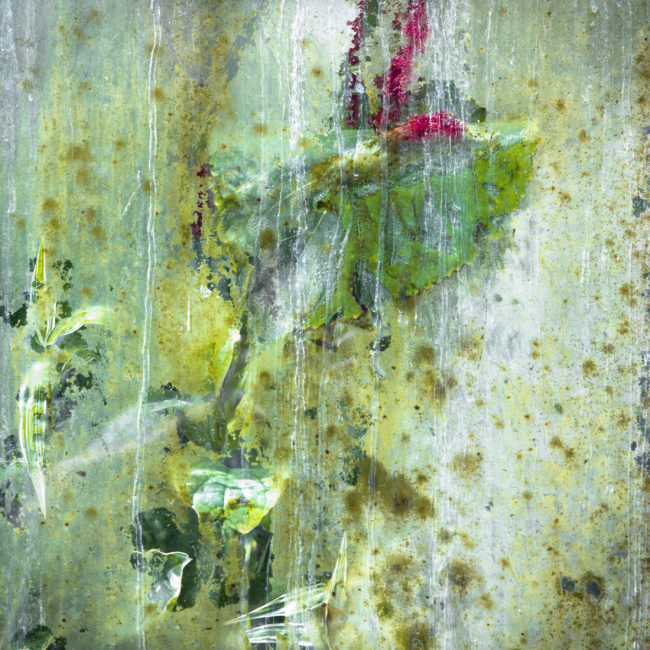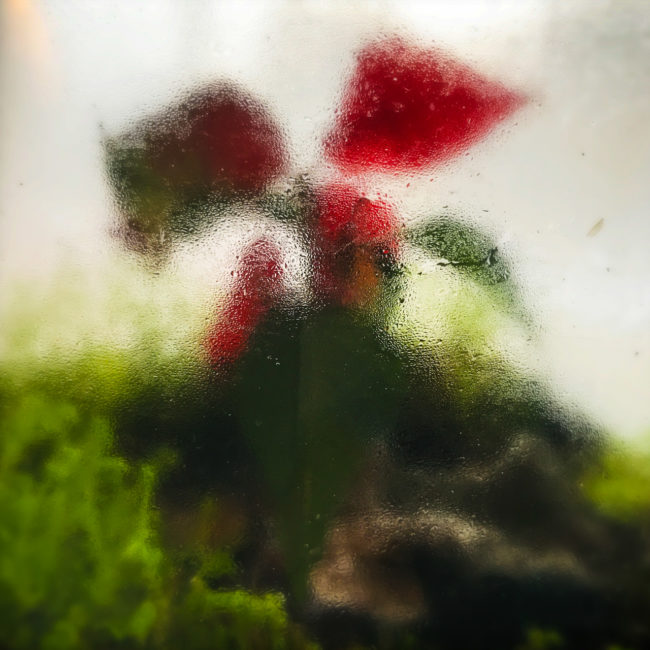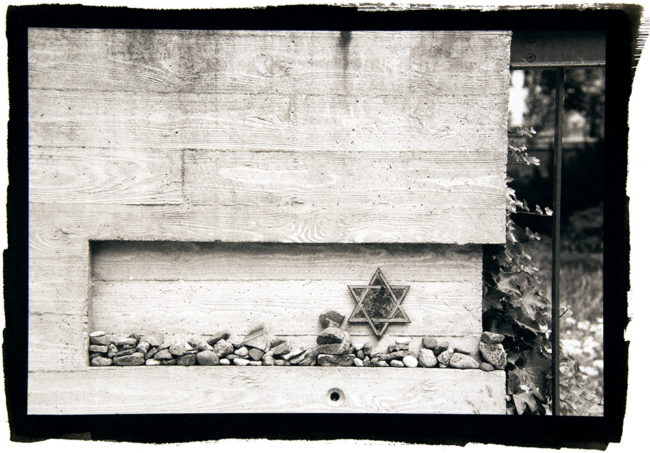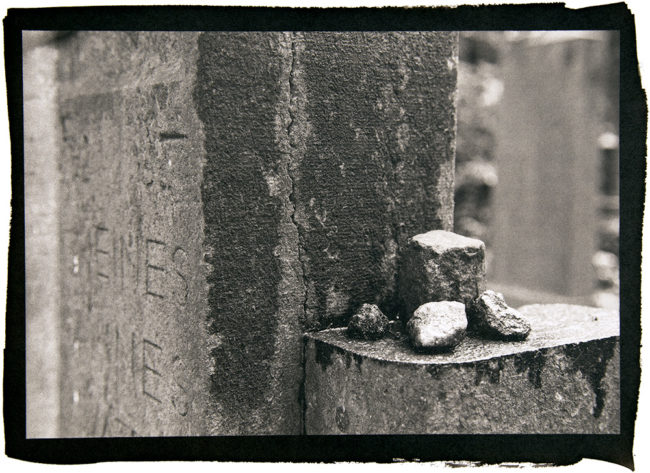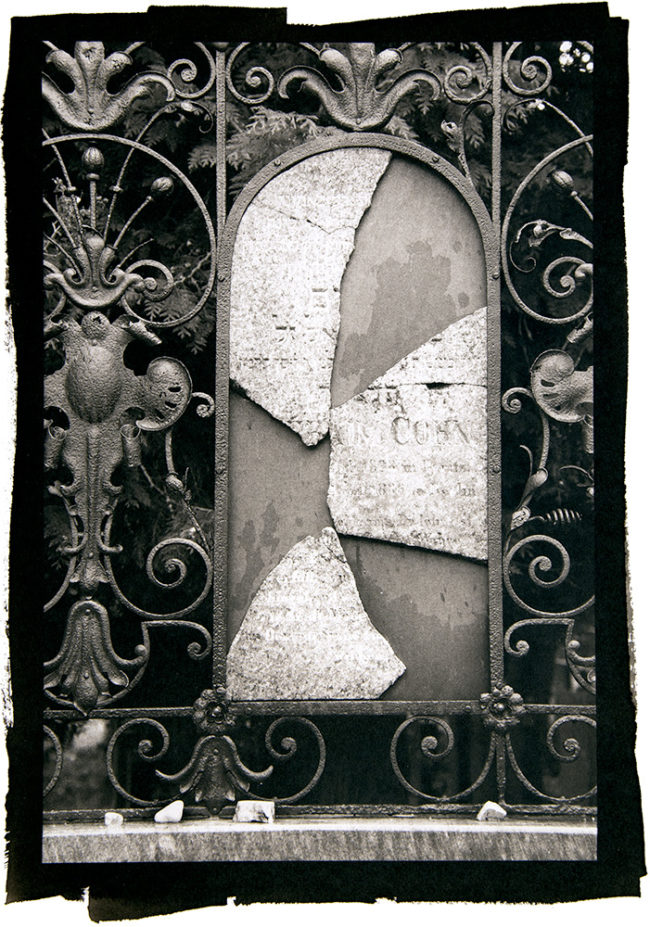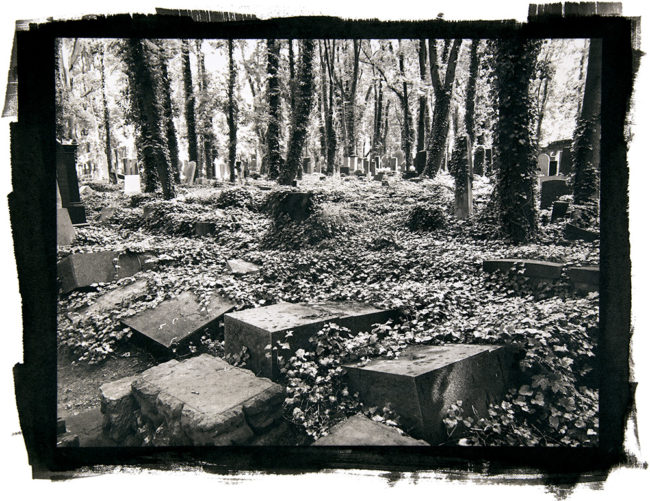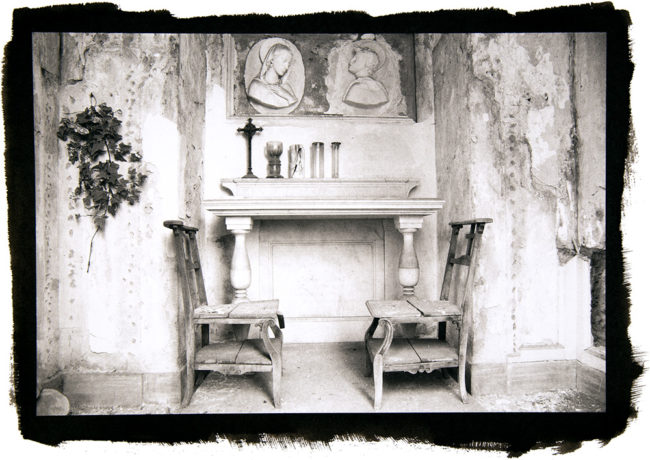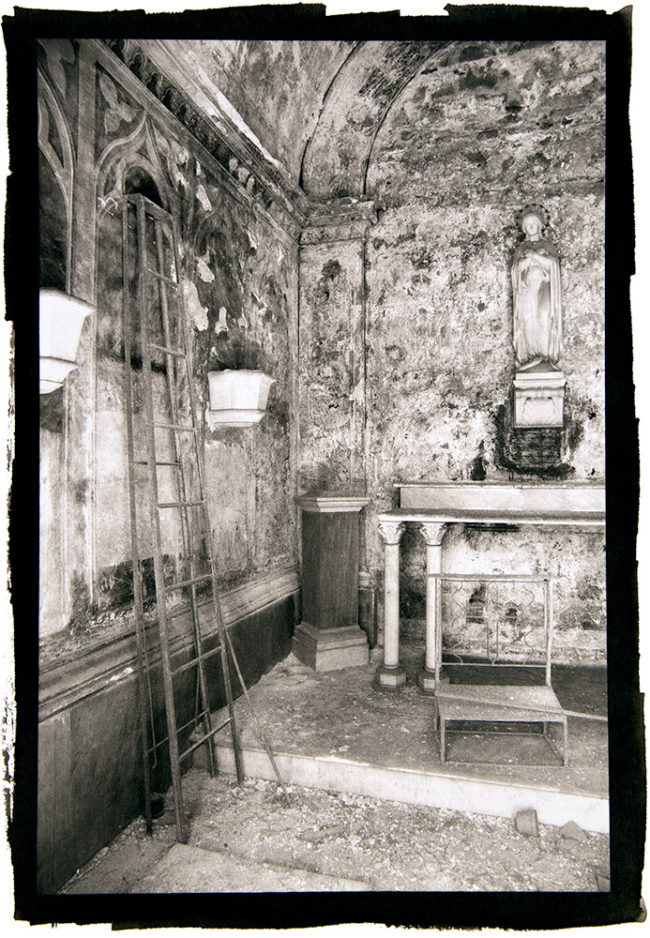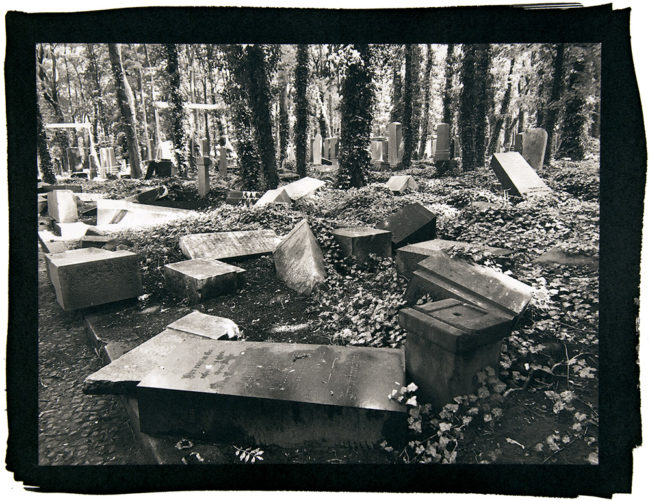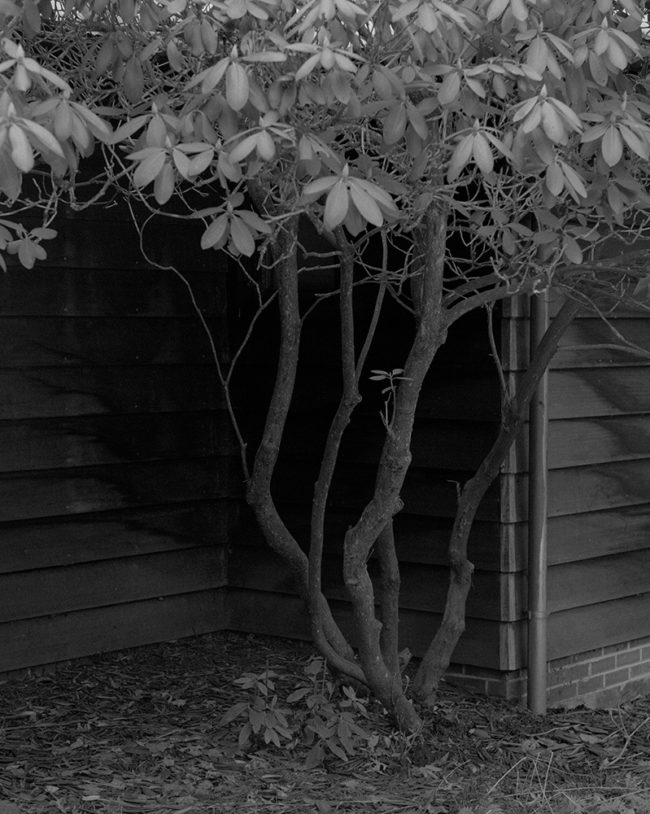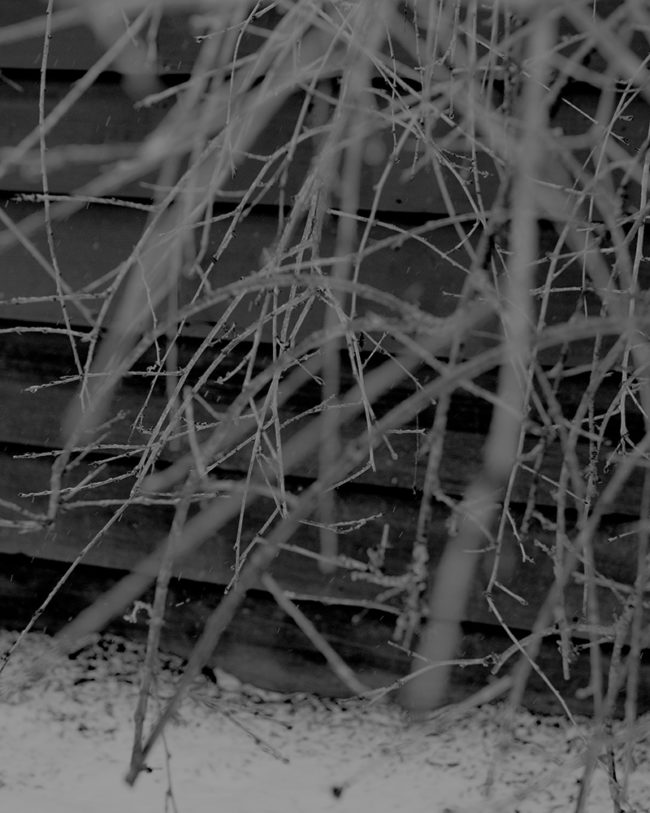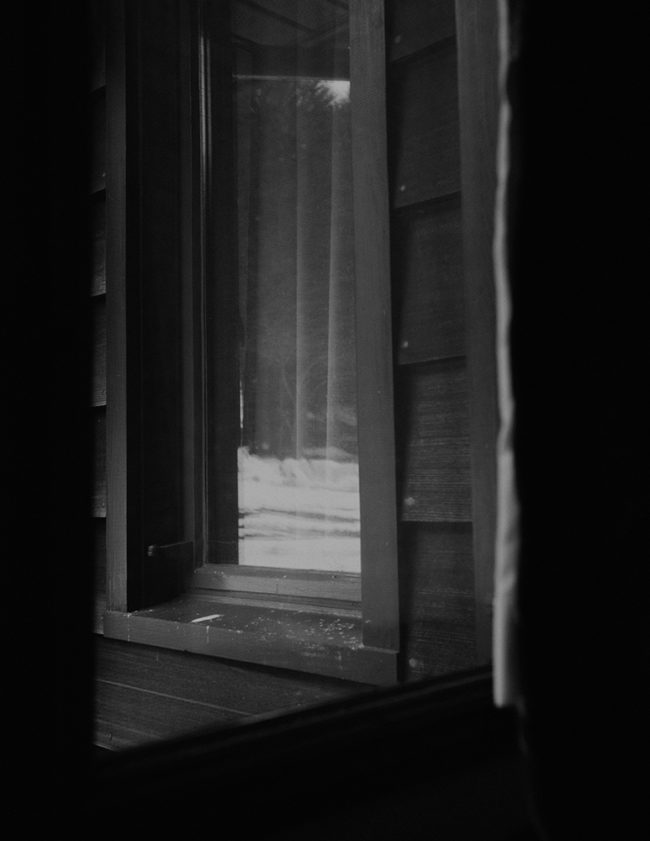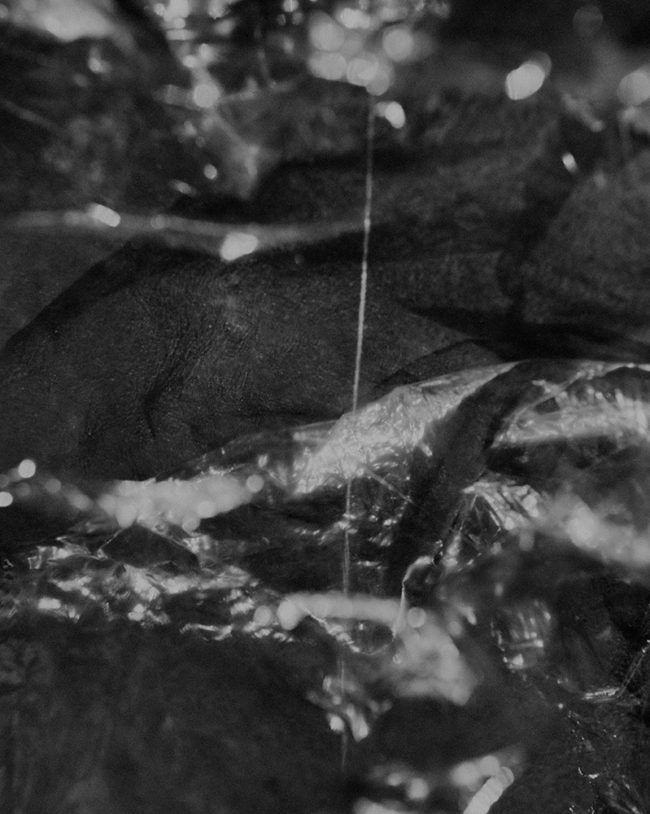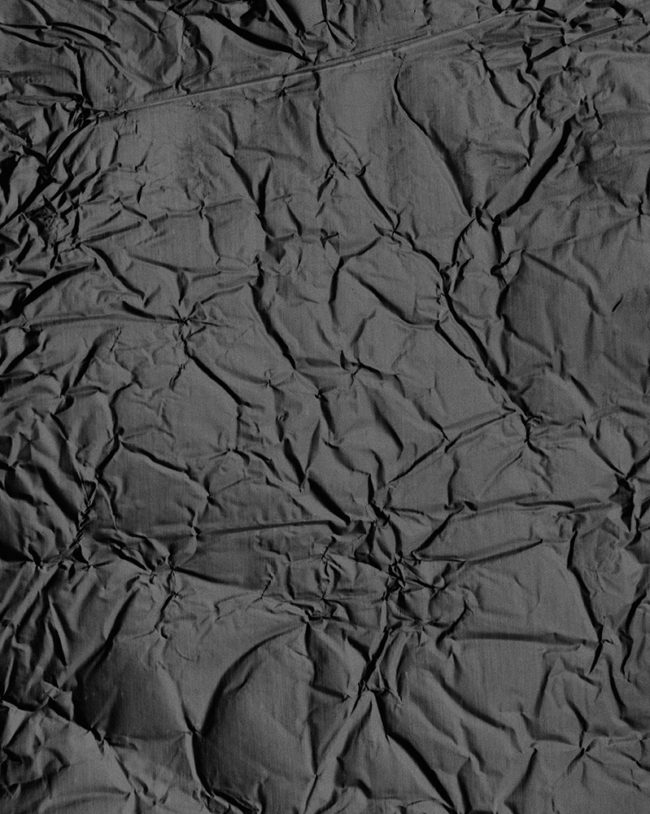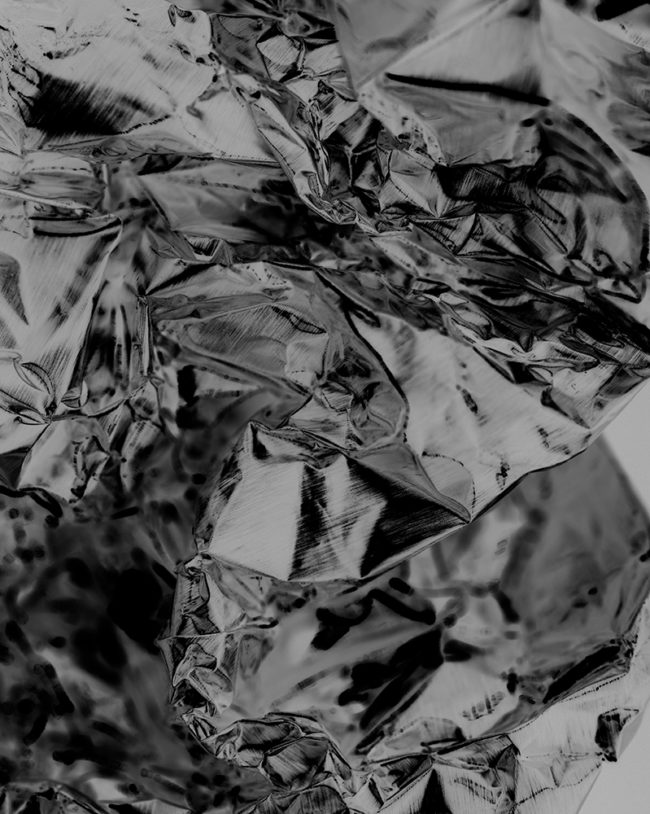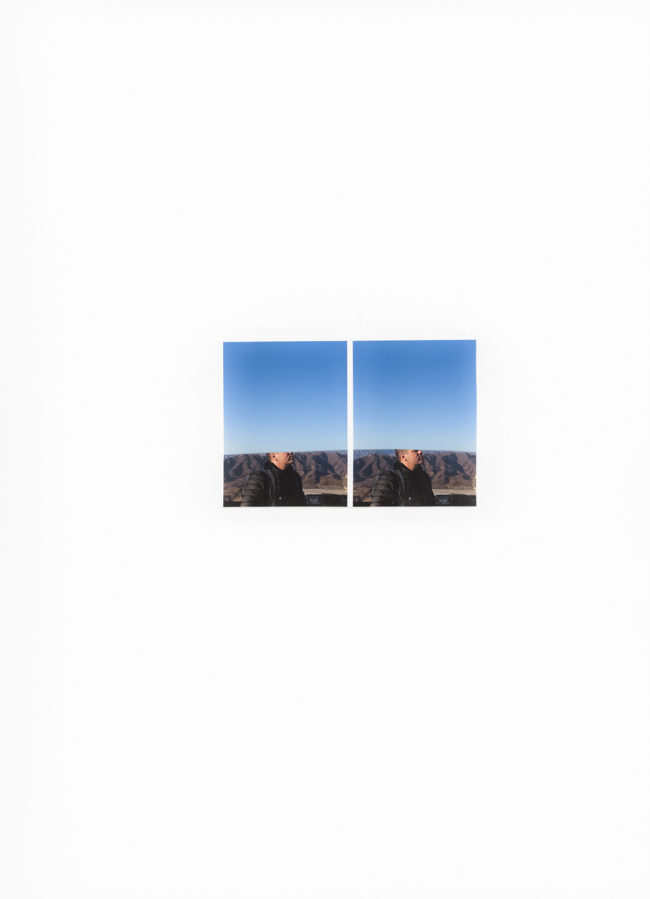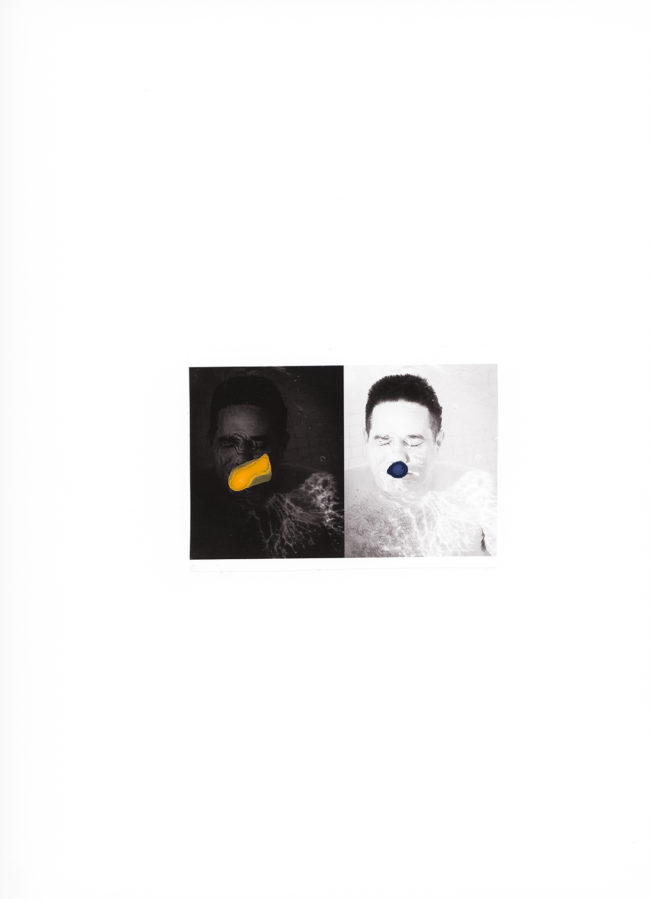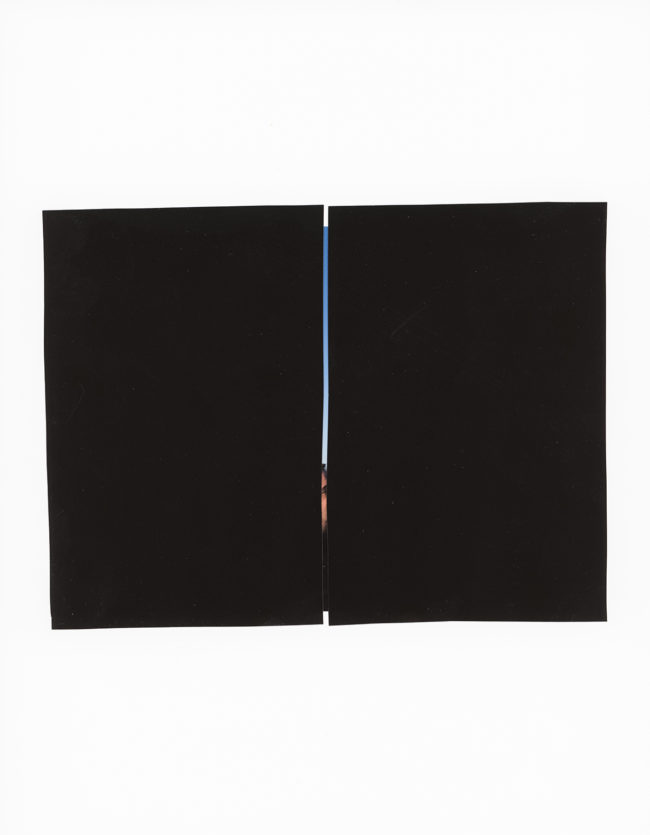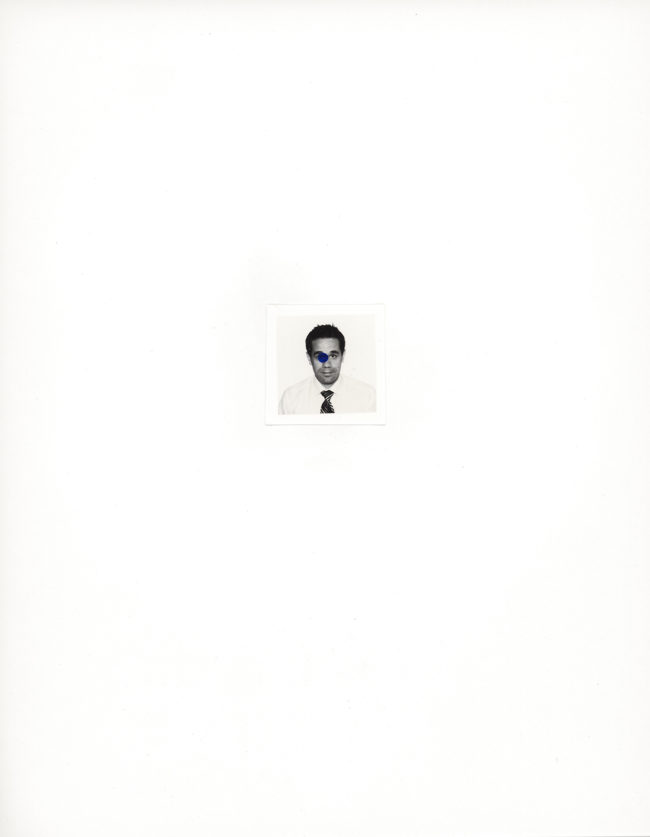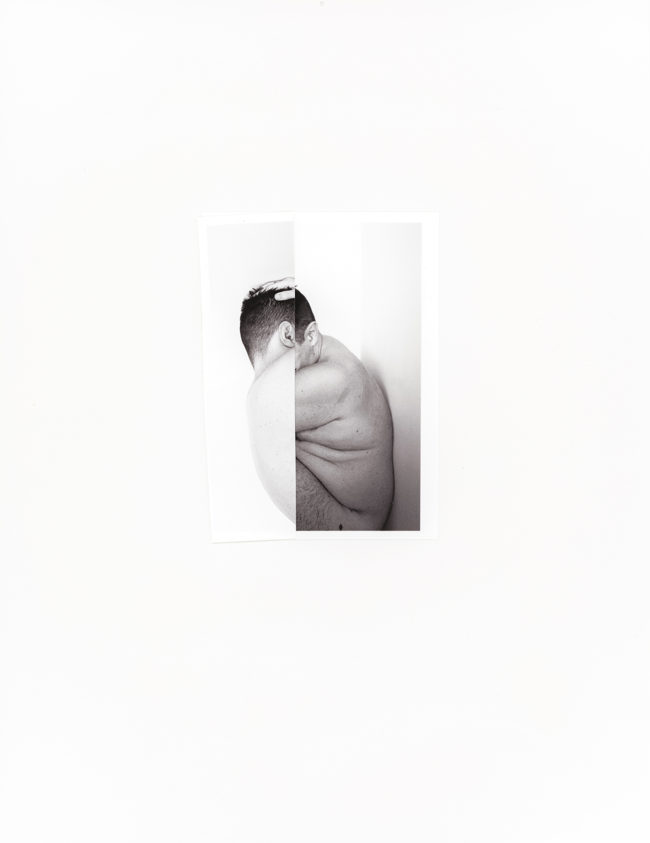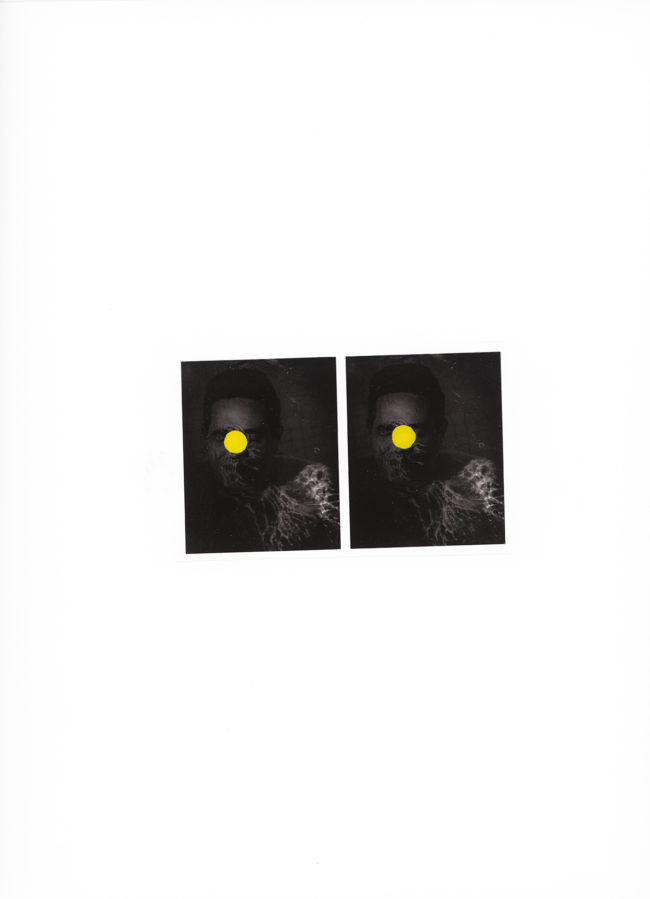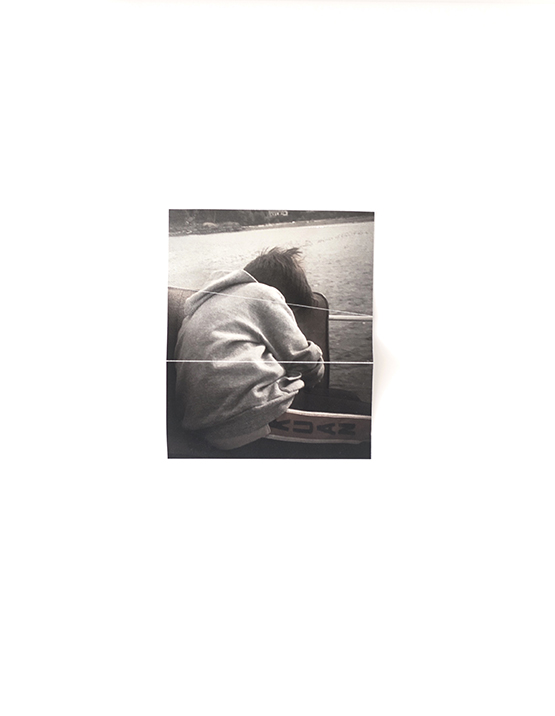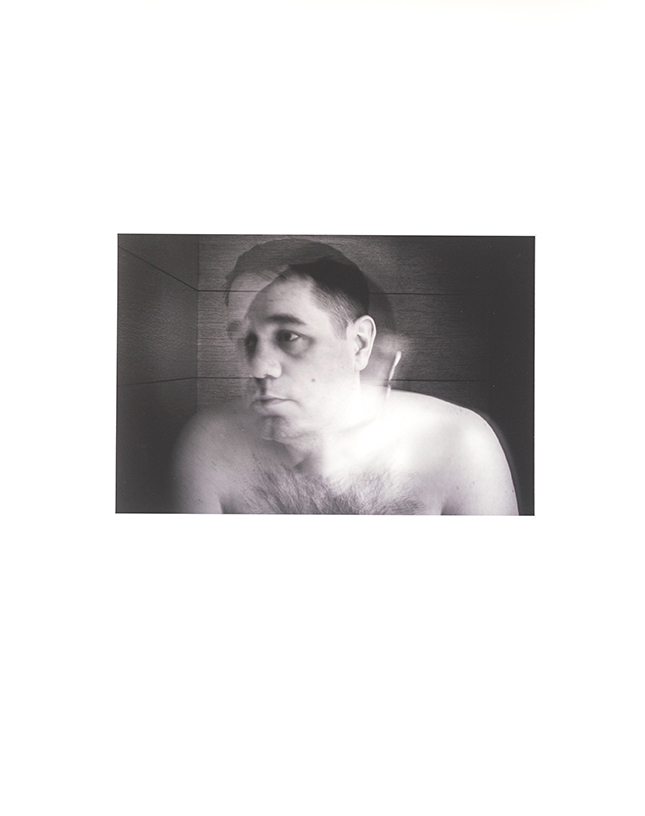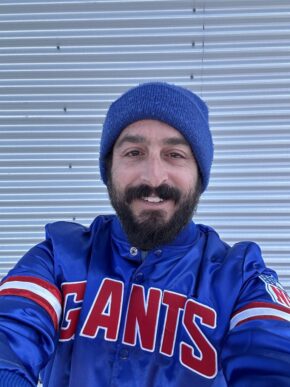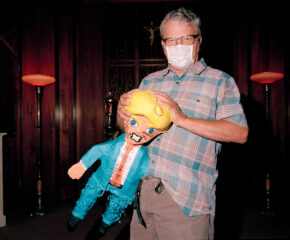
Part 1: The Intro
Hi there, everybody.
How are you?
Now that Thanksgiving is behind us, and Christmas will be here before you know it, most people are ready to wind down a bit.
To slow the pace, bitch about the weather, fantasize about being on a warm beach somewhere, and then begin to plan for 2020.
(You know it’s true.)
Honestly, my ass would have been in coasting mode weeks ago, if it hadn’t been for the (now successful) Kickstarter campaign for my upcoming book, “Extinction Party.”
As for the cold and the gray, I spent the better part of Saturday plotting and planning to drive to a clean, beautiful beach, where we could swim in the warm water, and feel free.
I searched and searched, finally settling on South Padre Island in Texas, on the Gulf Coast next to Mexico, before realizing that a 16 hour drive each way would wash off any bliss imparted by the serene salt water.
(Staycation #2019 instead.)
As for the planning, I think right around now, people begin to look at the calendar in earnest, visualizing the trips they might take in 2020.
One year ends, the next begins.
I know it’s a big lede, but I was building to a point, which is that people often ask me which photo festival they should attend, or which ones are the best?
It happened twice in the past week, and once was a public query on Twitter.
Thomas Patterson, a photographer and writer for PDN, asked me and a few others the following:
As I’m currently in the middle of my series on the Best Work I saw at the Filter Photo Festival, and have said many times that Filter does it right, it seemed like a great way to answer the questions for you ahead of time, in case it helps you book out next year.
So let’s get to it.
Part 2: Which Festival is Best?
I’m going to cut to the chase, and let you down, simultaneously.
There is no “best” festival, though of course I might have a personal favorite.
There are now so many options, in almost every major city, that I think a photographer can base his or her decision on a number of factors. And I will say this, there are several annual festivals that I think are at the top of the heap, and I name-check them all the time.
Filter Photo Festival in Chicago.
PhotoNOLA in New Orleans.
Medium Photo Festival in San Diego.
All three have different strengths, but few weaknesses, and all share some common strategies, with respect to wraparound programming.
I’ve already written that I know the staff at each place, and think they’re amazing people. The three cities are beautiful tourist destinations, with superb leisure activities and incredible food.
Each of the three features lectures, exhibitions, parties, keynote speakers, partnerships with important local museums, and are run by artist-driven non-profit organizations.
They’ve had stability in leadership and staff, and take place in excellent venues, where they remain each year.
(Cohesion and teamwork are important.)
Basically, I’d vouch for all three festivals, strongly. They’re different of course, as Filter has the massive-city-blue-collar vibe, New Orleans is a party-forward city, and Medium is a bit smaller and homier, set in a poolside, SoCal hipster hotel.
I’ve been on gallery tours in both Chicago and New Orleans before, and Medium now does one in Tijuana.
You will get your money’s worth in each place, and that money is going to support a non-profit that gives back massively to its local community.
As to the biennial festivals, I had a good experience at Photolucida in Portland, which I chronicled here this year, and it too has great relationships with its local city. (And amazing food, music, and legal reefer.)
FotoFest, which is coming up this March, is the oldest American portfolio review festival, and I made two of my best friends in the world while attending. (In 2012 and 2016.)
Ironically, though, I think it’s the least social of the festivals I’ve gone to. I love Houston, but the downtown business district, (where FotoFest is held,) is not super-lively in the evenings, and while it’s a great city in which to have a car, parking downtown is expensive.
FotoFest a place to get business done, as you’ll have approximately 20 portfolio reviews, and I know colleagues who go for two sessions each year, as they always make enough money to justify it.
So there’s my two cents.
And just to reiterate, in my copious experience, it’s the partying, the social experiences, the eating and drinking, that really brings people together.
(It’s not an accident, as human beings like working with people they know and like.)
If you get out there, invest the time in broadening your network and making new friends, it will have a positive impact on your life in so many ways.
And with that, we’ll move on to the final piece of today’s puzzle: more of the Best Work I Saw at the Filter Photo Festival in September.
As usual, the artists are in no particular order.
Part 3: The Photographers
Sometimes, a project just jumps off the table at you, often due to technical prowess. And as a teacher and a critic, I typically recommend artists make work about what they’re expert in, or something they’re so curious about that the art practice itself makes them an expert.
With Christoper Barrett, it was an interesting confluence, as he works as a professional architectural photographer in Chicago, and chose an art project that allowed him to put those skills to use.
He began taking walks around his neighborhood, photographing the mishmash of local architectural styles. At the same time, he created a tense, boxed in, claustrophobic view of emo Americana.
The series feels like a snapshot of an empire in Decline, devoid of color. And the formal constructions, super sharpness, and solid tonal range make for a powerful group of pictures.
Speaking of expertise, Colleen Woolpert must have found it strange to tell me her story, given the massive coincidence we shared. She described a rare eye condition called strabismus, in which vision and depth perception can be severely impaired.
Colleen is a twin, and her sister has it, but she does not. (The coincidence is my son has strabismus, and after nearly 10 years of treatment, one surgery, and some strong eye-glasses, he sees really well.)
Apparently, Colleen wanted to help her sister, (as the impairment was believed to be permanent if not fixed in childhood, ) so she built a stereoscopic device to help her sister improve her vision, and it worked!
Then she patented it, and now it’s in pubic use.
You can’t make this shit up!
Her art project uses the stereoscope to depict images of Colleen and her sister, where they blend together into one person. Radical stuff!
Next, we have Mitch Eckert, who’s a professor at Louisville University in Kentucky. I always ask photographers about their background, and then dispense advice accordingly.
Mitch told me he was trained up, and that he thought his work was ready to go, so I was prepared to be a tough critic. Thankfully, I found his work to be cool and a bit exciting.
Normally, I think zoos, aquariums, botanical gardens and museums are too easy as subjects, but Mitch brought a hyper-real compression of space to the game.
His plants, trapped behind glass, sweating, breathing, pushing up against the see-through constraints, feel very compelling as environmental pieces in #2019.
Ruth Adams and I had an editing session, as we discussed how to create solid through-lines, or connection points, via subject matter and style.
Ruth had been shooting in Berlin, and what she first described as being about Jewish cemeteries quickly expanded to include other religions as well, and other cities.
I zeroed in on the images that felt most connected to each other, and encouraged her to keep things tight and make more work. As with Christoper’s project, the tonal range here really is impressive.
Anastasia Davis, in from Pittsburgh, let me know she had studied with good people, and was connected in her community. She also said that she used her work to cope with, or process, her history of panic disorder and depression, which is of course one of art’s highest and best uses.
Anastasia showed me two groups of photographs, both of which were meant to conjure a different emotional experience. And as the images are made separately, and then edited together, it does share much with poetry, vibe-wise.
Really lovely stuff.
Last, but not least, we have James Kuan, whose work caught my eye at the portfolio walk at Filter.
I always make sure to do a quick visit at a festival’s portfolio walk, (always,) because I ALWAYS find cool stuff to show you from people I would not otherwise meet.
In this case, I learned that James is a surgeon based in Seattle, and has studied at PCNW.
This project, about identity, is all about cutting and pasting. Slicing and replacing.
Cool stuff, and I’m sure you’ll like it.


